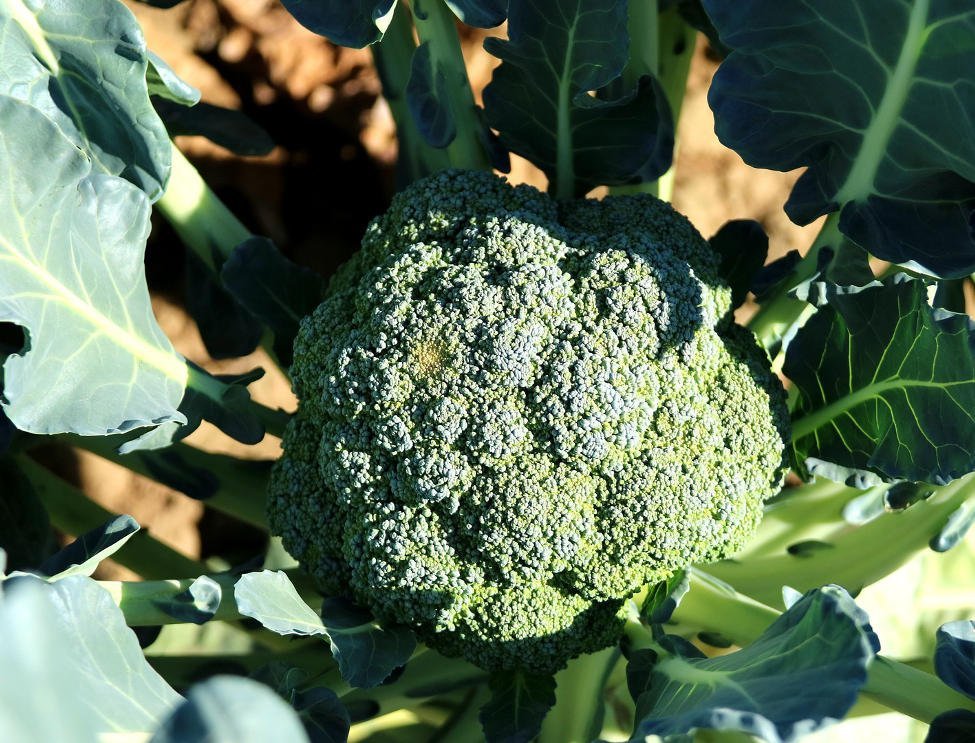Embracing Container Gardening for Broccoli Bounty
Broccoli is a beloved vegetable known for its nutrient-rich florets and versatility in the kitchen. While traditionally grown in garden beds, broccoli can also thrive in containers, making it accessible to gardeners with limited space. In this guide, we’ll explore the steps to successfully grow broccoli in containers, from meeting its basic needs to harvesting and storing your homegrown harvest.
Basic Needs: Laying the Groundwork for Broccoli Success
Before diving into container gardening for broccoli, it’s essential to understand its basic needs. Broccoli thrives in well-draining soil rich in organic matter, with a pH level between 6.0 and 7.0. Choose a container that is at least 45 cm deep to accommodate broccoli’s deep root system, and ensure it has adequate drainage holes to prevent waterlogging. Place your container in a location that receives full sun, as broccoli requires at least 6 hours of sunlight daily for optimal growth.
Growing Techniques: Planting and Nurturing Your Broccoli
Planting broccoli in containers is a straightforward process that requires attention to detail. Start by filling your container with a high-quality potting mix, leaving about 3 cm of space between the soil surface and the rim of the container. Plant broccoli seedlings or transplants, spacing them 45 to 60 cm apart to allow room for growth. Water the soil thoroughly after planting, and continue to keep it consistently moist throughout the growing season.
To encourage healthy growth and development, fertilize your broccoli plants with a balanced fertilizer every 3 to 4 weeks. Monitor for pests such as aphids and cabbage worms, and address any issues promptly to prevent damage to your plants. Provide support for your broccoli plants as they grow taller by staking them or using a trellis to prevent them from toppling over.
Problem Solving: Overcoming Common Broccoli Challenges
While broccoli is generally a resilient and low-maintenance crop, it may encounter certain challenges during the growing season. One common issue is the development of loose, poorly formed heads, which can occur due to inconsistent watering or fluctuations in temperature. To prevent this, ensure that your broccoli plants receive adequate moisture and consistent temperatures throughout their growth cycle.
Pest infestations, such as aphids and cabbage worms, can also pose a threat to broccoli plants. Monitor your plants regularly for signs of pests, and use natural remedies such as insecticidal soap or neem oil to control infestations. Proper sanitation practices, such as removing debris and fallen leaves, can also help prevent pest outbreaks.
Harvesting and Storage: Enjoying the Fruits of Your Labor
Harvesting broccoli is a gratifying experience that allows you to enjoy the fresh, flavorful taste of homegrown produce. Harvest broccoli heads when they are firm, compact, and dark green in color, typically when the buds are tightly closed. Use a sharp knife to cut the main head just above the base of the plant, taking care not to damage the surrounding foliage.
After harvesting the main head, your broccoli plants will continue to produce side shoots known as “florets,” which can be harvested and enjoyed as well. Store harvested broccoli heads in the refrigerator for up to a week, allowing you to enjoy their crisp texture and vibrant flavour in a variety of dishes.
Tips: Maximizing Broccoli Success
- Provide consistent moisture: Water your broccoli plants regularly to keep the soil consistently moist, especially during hot weather.
- Protect from extreme temperatures: Broccoli prefers cool temperatures and may bolt or develop loose heads in response to heat stress. Provide shade during hot weather or plant broccoli in early spring or late summer to avoid temperature extremes.
A Bountiful Harvest Awaits
Growing broccoli in containers is a rewarding endeavour that allows you to enjoy the fresh, flavorful taste of homegrown produce right from your own patio or balcony. By meeting its basic needs, employing effective growing techniques, and addressing any challenges that arise along the way, you can cultivate a bountiful harvest of broccoli that will delight your taste buds and nourish your body. So roll up your sleeves, grab your gardening gloves, and get ready to savour the satisfaction of growing broccoli in containers!

